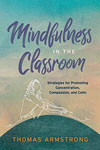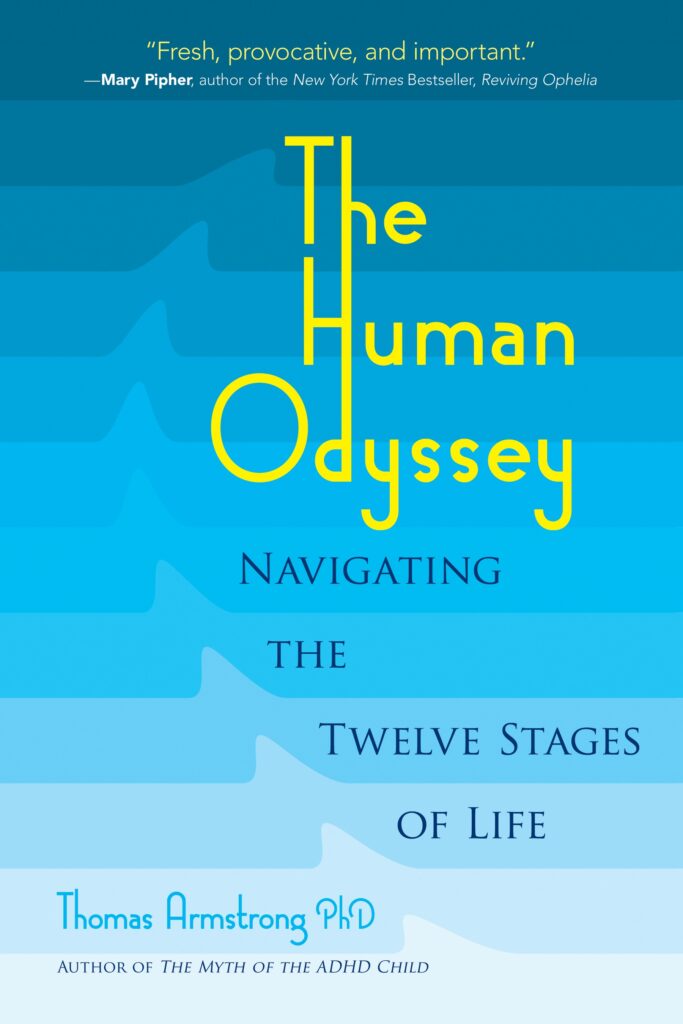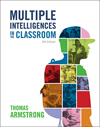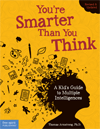 Getting students’ attention in the classroom is one of the things that teachers have to do intermittently throughout the school day: at the start of a class, at the end of an activity where students are working in groups, and at other times besides. Some teachers are very good at this, commanding student attention through the sheer force of their personality. Others need strategies. Here are eight ways to get students’ attention based upon Howard Gardner’s theory of multiple intelligences, which states that there are at least eight intelligences within every student.
Getting students’ attention in the classroom is one of the things that teachers have to do intermittently throughout the school day: at the start of a class, at the end of an activity where students are working in groups, and at other times besides. Some teachers are very good at this, commanding student attention through the sheer force of their personality. Others need strategies. Here are eight ways to get students’ attention based upon Howard Gardner’s theory of multiple intelligences, which states that there are at least eight intelligences within every student.
Word Smart: ”Okay, class!” This is the strategy that is used most often by teachers, and is usually the least effective method, since the teacher’s words get diluted by the cacophony of voices in the classroom.
Picture Smart: Take a picture of the students sitting attentively at their desks or tables. Then the next time you want their attention, project the image on the classroom screen. You can also do this for other instructions: lining up for lunch (get a picture of them doing this), cleaning the classroom, etc.
Music Smart: Many teachers, especially at the primary level, use this method, employing a bell, chimes, a drum, or a chord on the piano, to signal attention. Other teachers use rhythm, clapping a pattern and having the students clap it back. Or say: ”If you can hear me, clap once. . . . If you can hear me clap twice etc. …. until all the students are clapping.
Body Smart: This strategy is also used a lot at the lower grades, where the teacher employs a physical signal (e.g. a raised hand, a finger to the lips, etc.) which alerts attentive students to make the same gesture until all students (hopefully) are doing it.
Number/Logic Smart: Use a stopwatch to keep track of the time that it’s taking for students to come back to order, and then write the numbers down on the blackboard or white board, every 5 seconds (e.g. 5 seconds, 10 seconds, 15 seconds etc.), until everyone is attentive. The idea is that students will want to get the lowest number they possibly can.
People Smart: For this strategy, you have the students themselves signal each other to attention. Pick one student, go up to them, and whisper in their ear: ”It’s time to come back to attention, pass it on.” And then, like the game of ”telephone” the student whispers the message in the ear of another student, who whispers it to another student and so on, until all students have been alerted.
Self Smart: This strategy is useful when other strategies have failed. It involves the teacher saying to the students: ”When you’re ready to come back, I’ll be waiting.” And the teacher then waits for the students to essentially pull themselves up by their own bootstraps. I’ve had very excellent results from this strategy . . . at times. Other times, I’ve ended up waiting quite a while!
Nature Smart: If you have animals in your classroom, you can use this strategy from time to time. Simply pick up the animal and hold it out for all to see. Generally speaking, wherever an animal is to be found, there will be the students’ attention. So I’ve rather humorously suggested to teachers that they pack a boa constrictor in their handbag as a last resort (just joking!).
If you’re interested in using the eight kinds of smart of the multiple intelligences for other instructional strategies, for creating lesson plans, or for constructing curricula, see my book Multiple Intelligences in the Classroom, 4th Edition
This post was brought to you by Thomas Armstrong, Ph.D. and www.institute4learning.com
Follow me on Twitter: @Dr_Armstrong



















